The General Department of Forests of Tunisia, the Ministry of Local Affairs and the Environment of Tunisia, in cooperation with the International Union for the Conservation of Nature (IUCN) adopted the first strategic plan ,which ends in 2050, for the conservation of four species of barbary tunisian sheep ,scientifically known as "Ammotragus lervia" and endemic to the mountains of Northern Africa.
Barbary tunisian sheep is threatened with extinction , recently it has been listed on the IUCN 's red list among the most endangered species, what encouraged many environmental organizations in Tunisia to adopt a strategy and plan of action for the conservation of these emblematic species, which deserve urgent implementation.
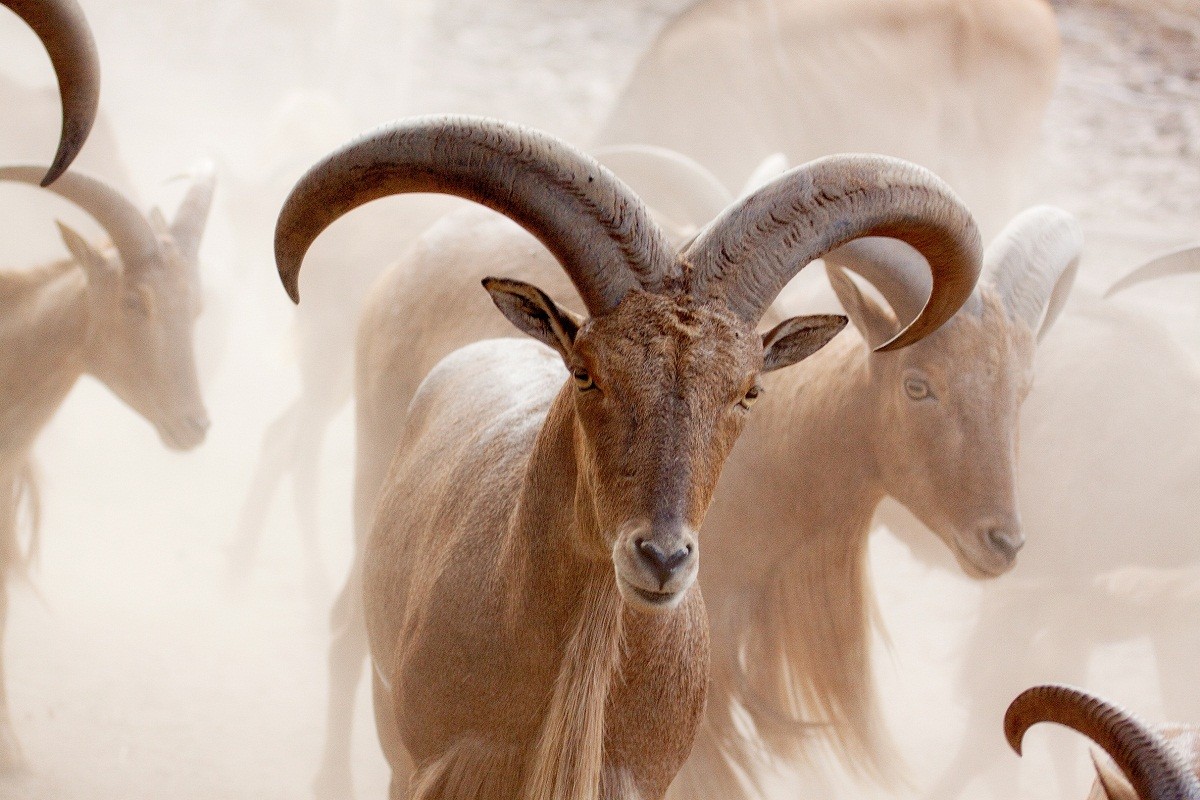
As for the meaning of the name" Ammotragus lervia", it comes from a combination of two Greek words, "Ammos" means "sand", reffering to the sand_coloured coat, and "tragus" means goat. Lervia derives from the wild sheep of northern Africa described as "lerwee" by Tomas Shaw in his book "Travels and Observations".
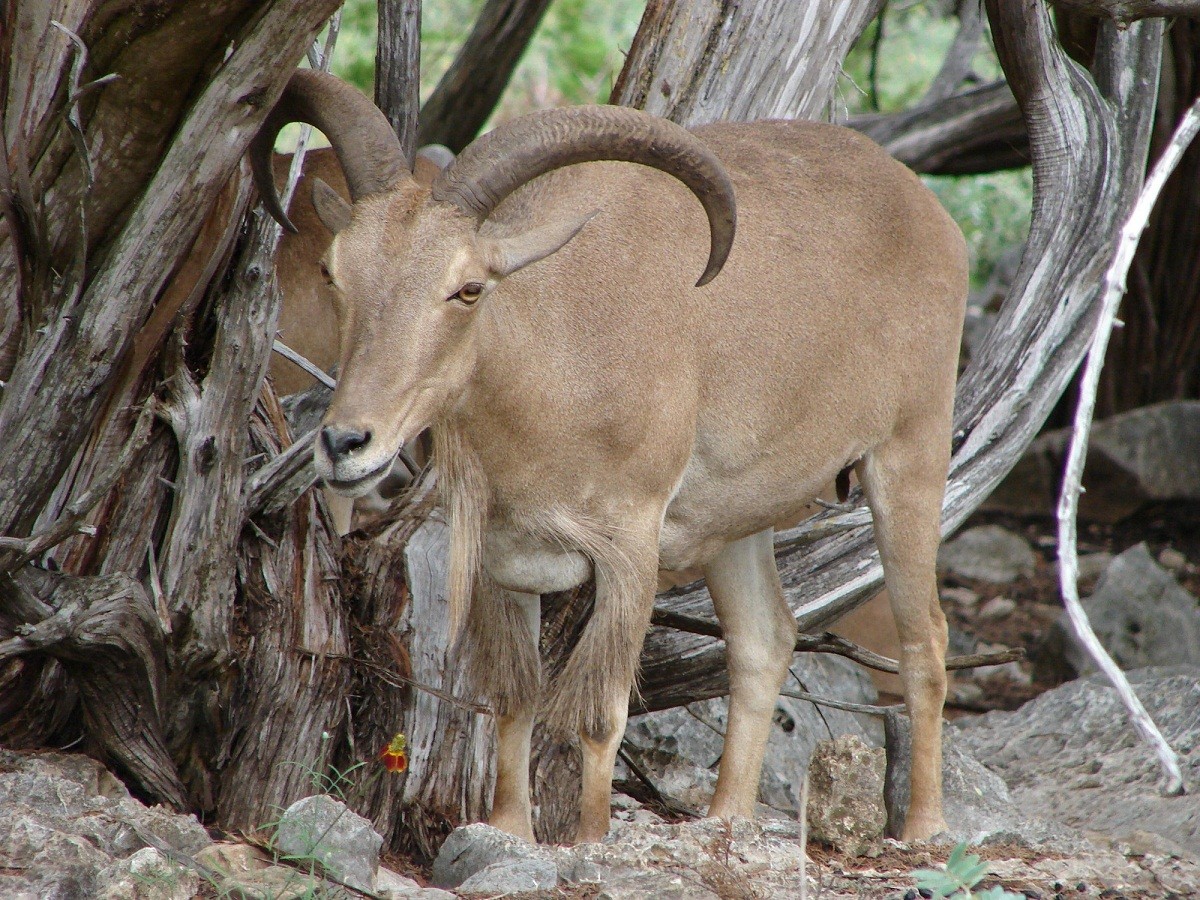
The strategy aims to ensure that at least four species of free sheep remain in Tunisia by 2027 through protecting its natural areas in Sahara . To achieve this aim, five separate strategies have been defined . The first for preserving habitats,the second for eliminating illegal hunting, the third for observing and collecting data, the fourth for awareness and recreation and finally financing mechanisms.
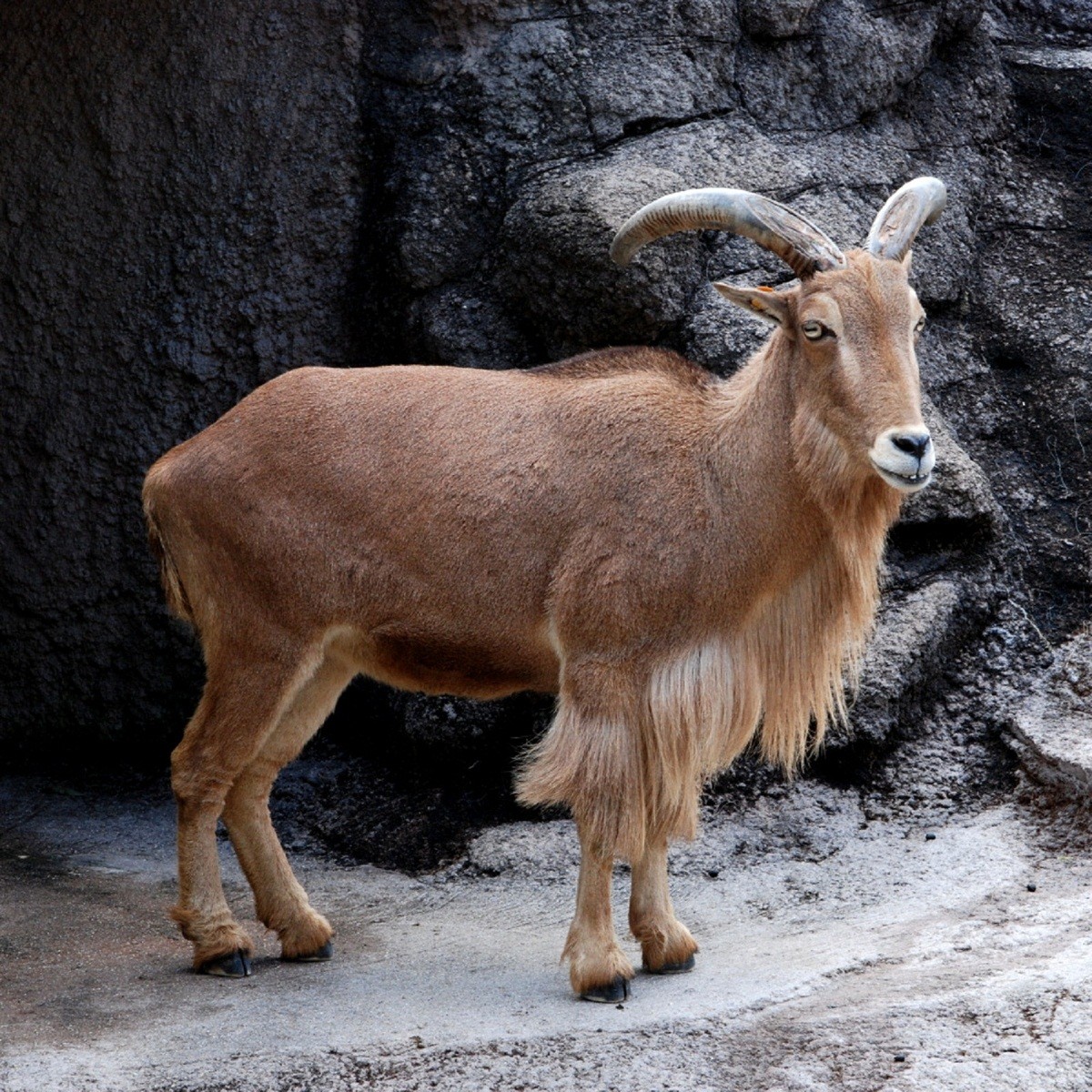
To support these administrative procedures,the International Union for the Conservation of Nature and the general department of forests of Tunisia provided a program to raise awareness and improve communities living near mountain sheep, Including actions to promote ecotourism in and around important sites.
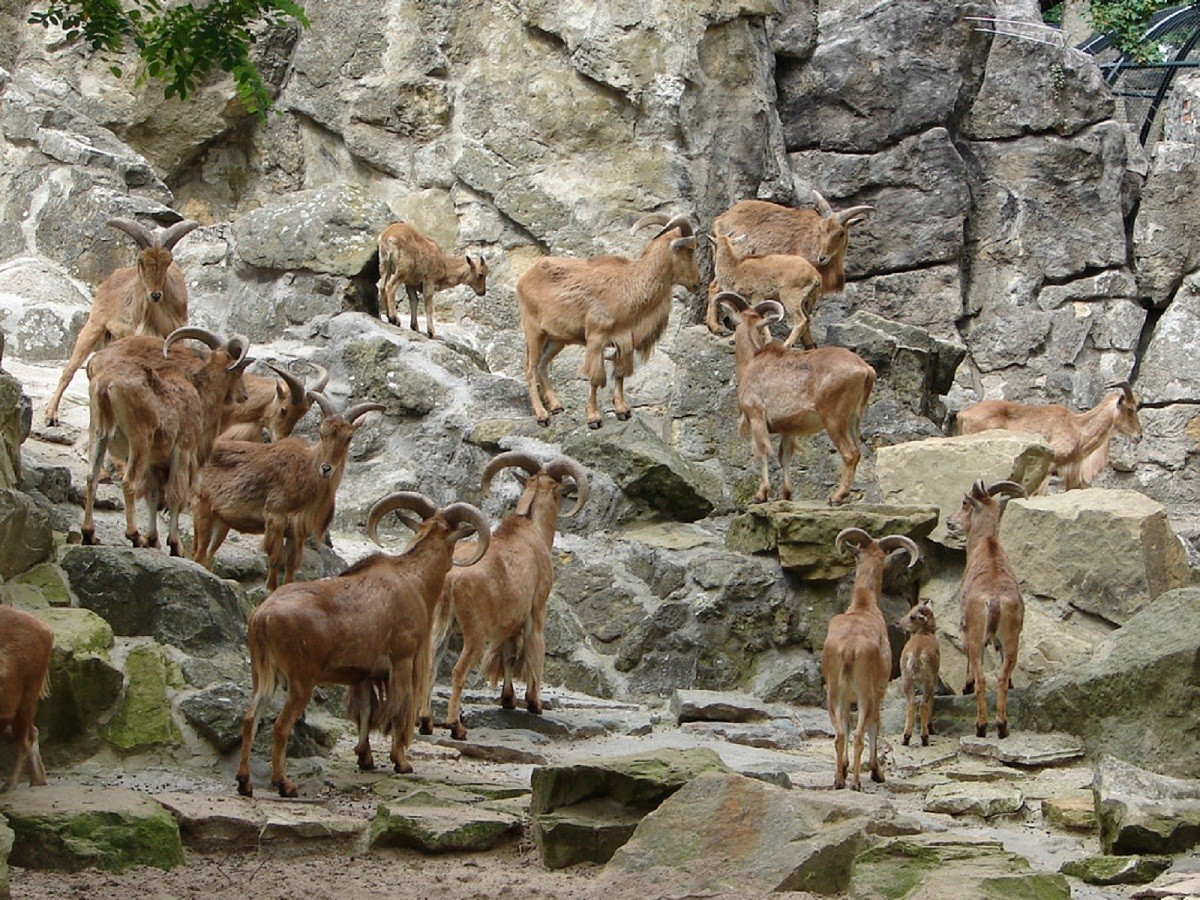
Barbary sheep stands 80 to 100 cm tall at the shoulder and weighs 40 to 140 kg . It's getting sandy-brown with age, with a slightly lighter underbelly and a darker line along the back, plus a brown colour that tends to gray on the upper part of its body.
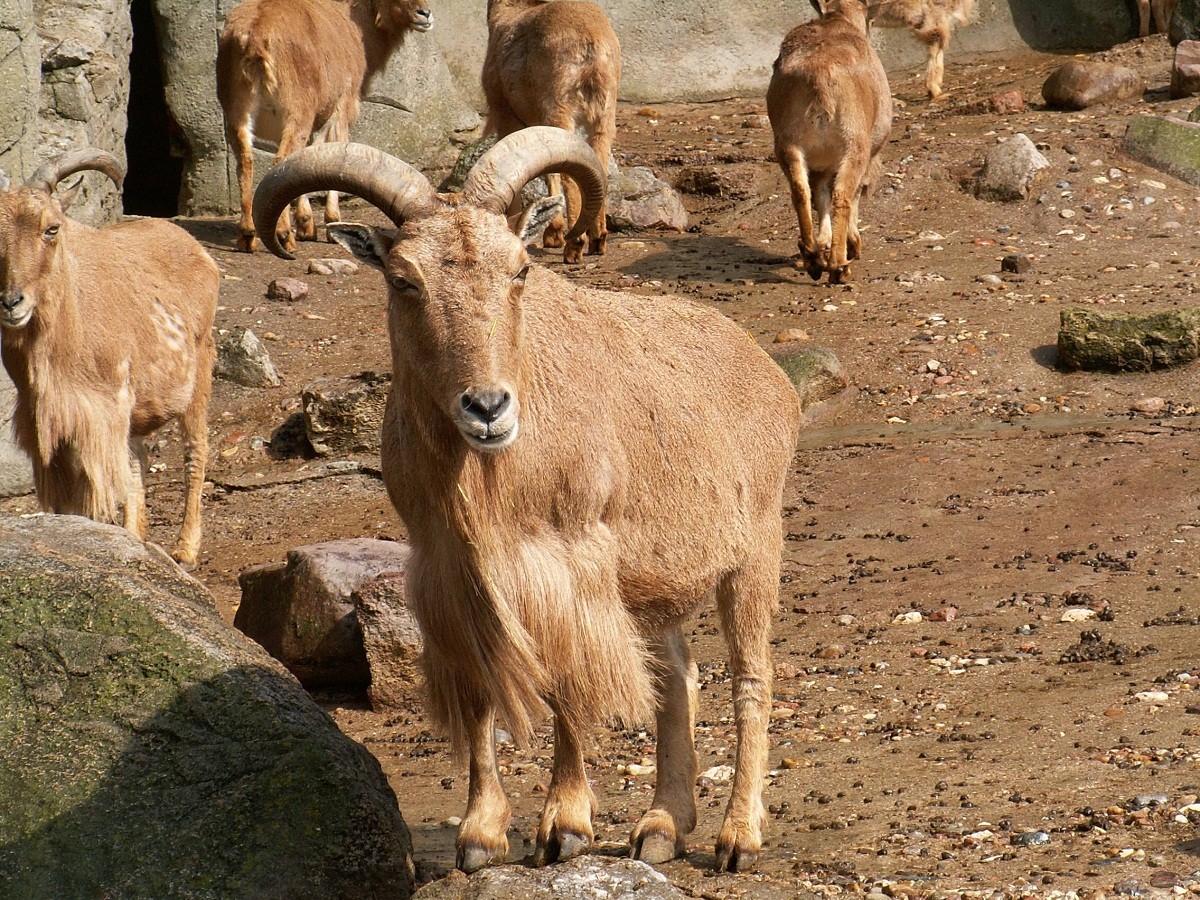
The most important strains that have been classified as endangered, according to its distribution in Northern Africa including "Ammotragus lervia" , which has been endangered since 1777, Agnus strain which has been endangered too since 1921,and the Egyptian strain which has already been extinct since 1827. The Sahara strain, which has been endangered since 1913 and finally Fasi strain that has been endangered since 1930.
































































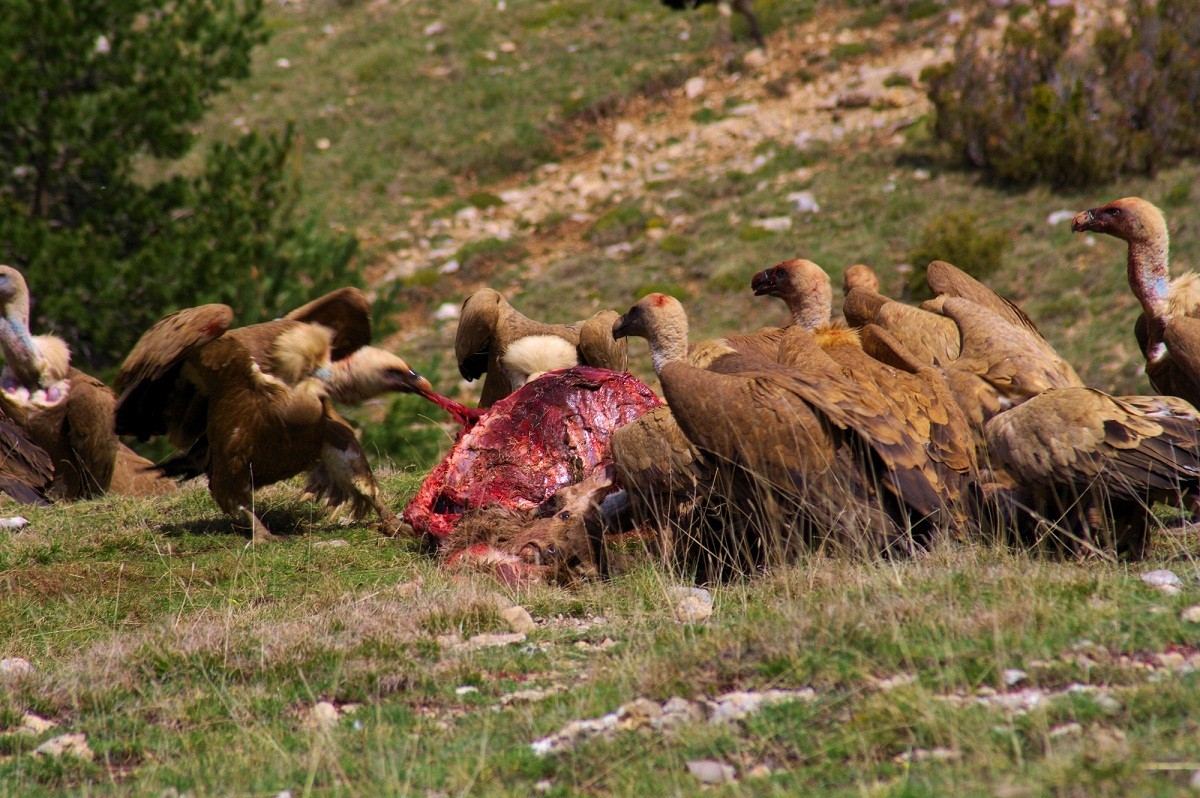
Egyptian Site & magazine